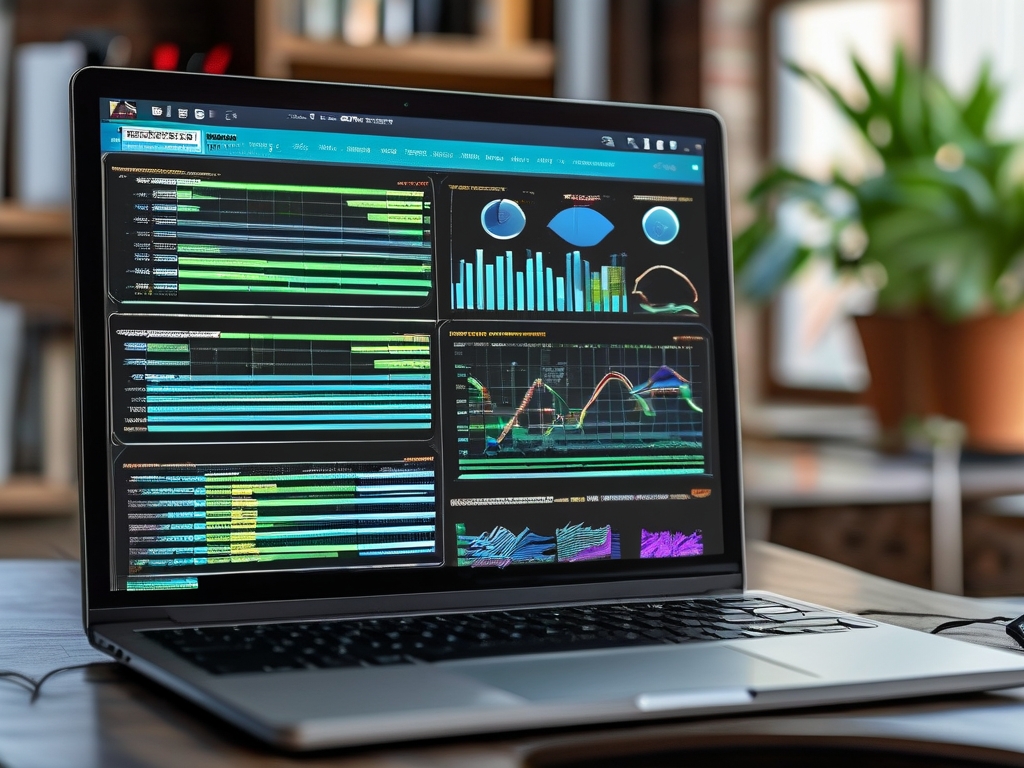In the modern technological landscape, the intersection of research and development (R&D) engineering and data analytics has become a cornerstone of innovation. R&D engineers are no longer confined to traditional lab experiments or prototype iterations; instead, they are increasingly leveraging data-driven approaches to optimize processes, predict outcomes, and accelerate product development. This article explores how R&D engineers utilize analytical reporting to drive decision-making, enhance efficiency, and foster breakthroughs across industries.
The Evolution of R&D Engineering
Historically, R&D engineers focused on hypothesis testing through physical experiments, often requiring months or years to validate ideas. Today, the integration of data analytics tools—such as Python, SQL, and machine learning frameworks—has revolutionized this workflow. By analyzing historical data, simulation results, and real-time sensor inputs, engineers can identify patterns, reduce trial-and-error cycles, and allocate resources more effectively. For instance, in the automotive industry, R&D teams use predictive analytics to model vehicle performance under diverse conditions, significantly shortening development timelines.

Key Components of an R&D Data Analysis Report
A robust R&D analytics report typically includes the following elements:
- Objective Definition: Clarifying the problem statement, such as improving material durability or optimizing energy consumption.
- Data Collection: Aggregating structured (e.g., lab measurements) and unstructured (e.g., user feedback) data from multiple sources.
- Exploratory Data Analysis (EDA): Identifying outliers, correlations, and trends using visualization tools like Tableau or Power BI.
- Predictive Modeling: Applying algorithms like regression analysis or neural networks to forecast outcomes.
- Actionable Insights: Translating findings into tangible strategies, such as adjusting design parameters or prioritizing high-potential projects.
A case study from the pharmaceutical sector illustrates this framework. When developing a new drug, R&D engineers analyzed clinical trial data to pinpoint dosage efficacy and side-effect probabilities. By integrating machine learning models, they reduced the trial phase duration by 30%, saving millions in costs.
Challenges in R&D Data Analytics
Despite its benefits, data-driven R&D faces hurdles. Data quality remains a critical issue; incomplete or biased datasets can lead to flawed s. For example, a semiconductor company once misjudged chip failure rates due to uncalibrated sensor data, resulting in costly recalls. Skill gaps also pose challenges, as many engineers lack advanced training in statistical modeling or big data tools. Organizations are addressing this by partnering with data scientists or investing in upskilling programs.
Another obstacle is interpretability. Complex models like deep learning may yield accurate predictions but fail to explain why a specific outcome occurs. This "black box" problem can hinder trust among stakeholders. To mitigate this, engineers are adopting hybrid approaches that combine machine learning with physics-based simulations, ensuring results align with scientific principles.
The Future of R&D Engineering and Analytics
Emerging technologies are poised to further transform R&D workflows. Generative AI, for instance, enables engineers to rapidly prototype designs by generating thousands of virtual models based on predefined constraints. In aerospace, companies like Airbus use AI-driven tools to optimize wing shapes for fuel efficiency, a task that previously required years of wind tunnel testing.
Moreover, the rise of edge computing allows real-time data processing in decentralized environments. R&D teams in renewable energy, for example, use edge devices to monitor wind turbine performance remotely, enabling immediate adjustments to maximize output.
The fusion of R&D engineering and data analytics is reshaping industries, from healthcare to manufacturing. By embracing analytical reporting, engineers can uncover hidden opportunities, mitigate risks, and deliver innovations faster than ever before. However, success hinges on overcoming data quality barriers, fostering interdisciplinary collaboration, and continuously adapting to technological advancements. As the demand for smarter, sustainable solutions grows, R&D engineers equipped with data proficiency will remain at the forefront of global progress.






